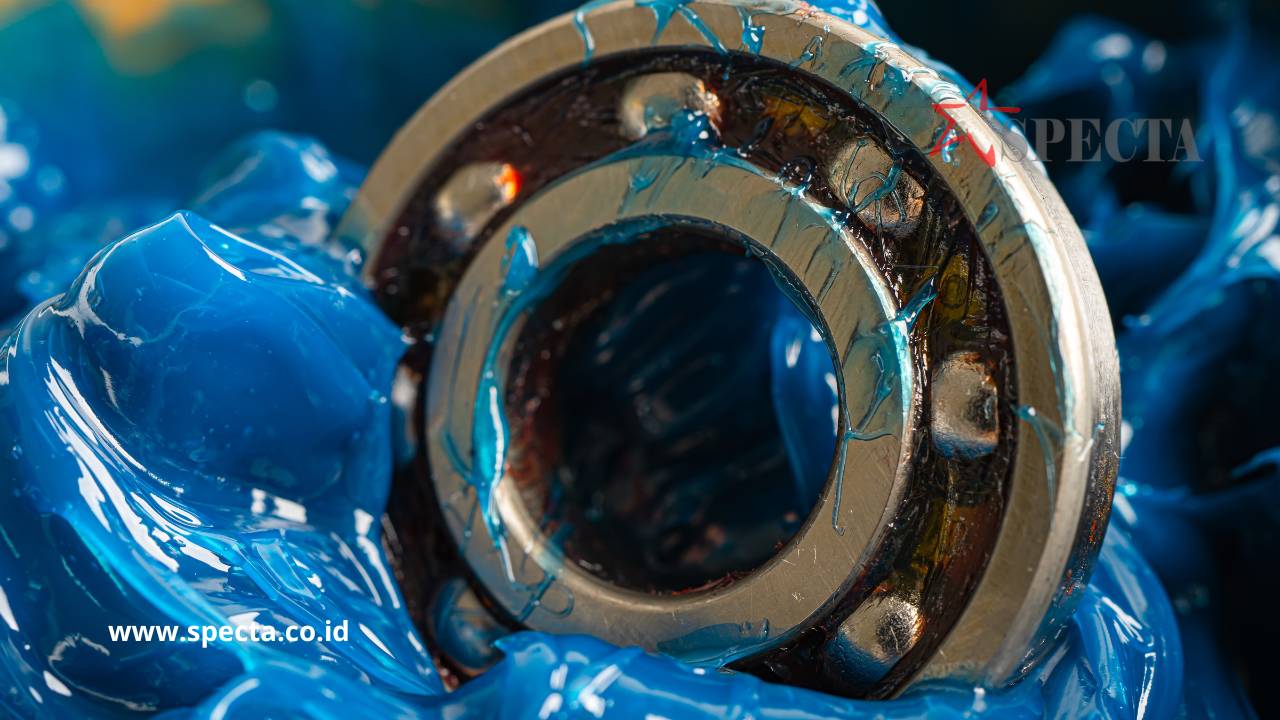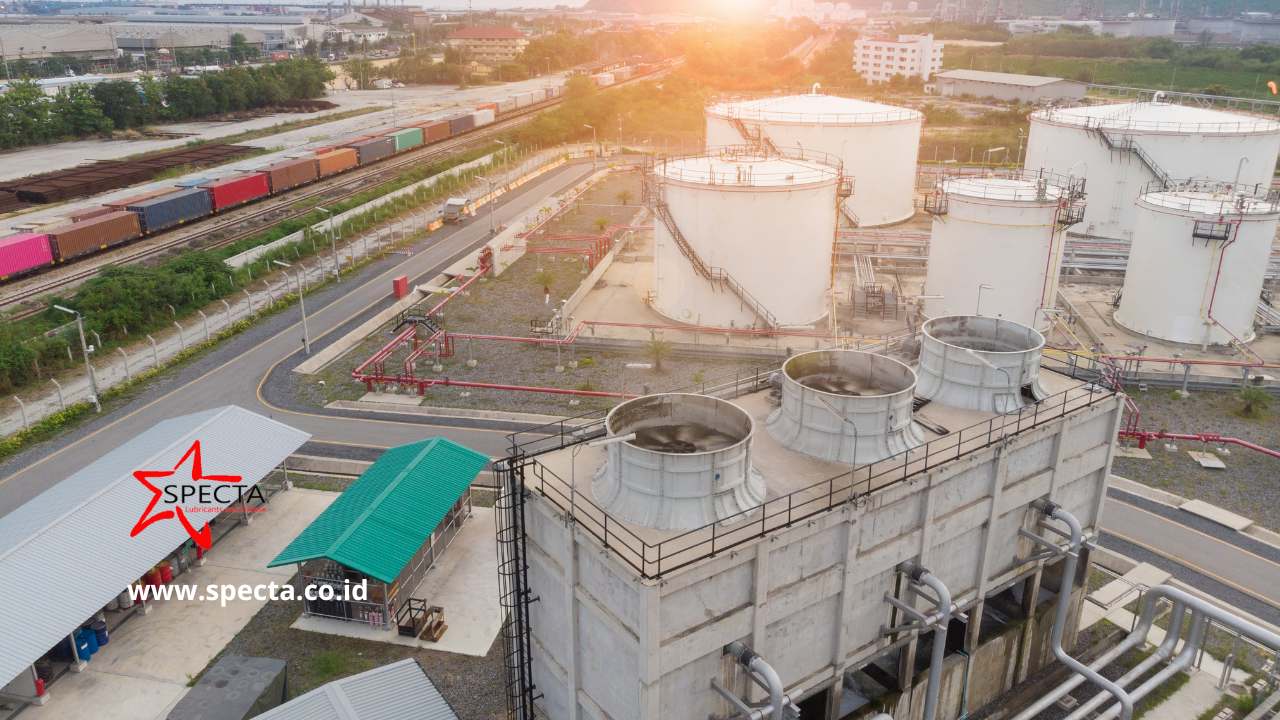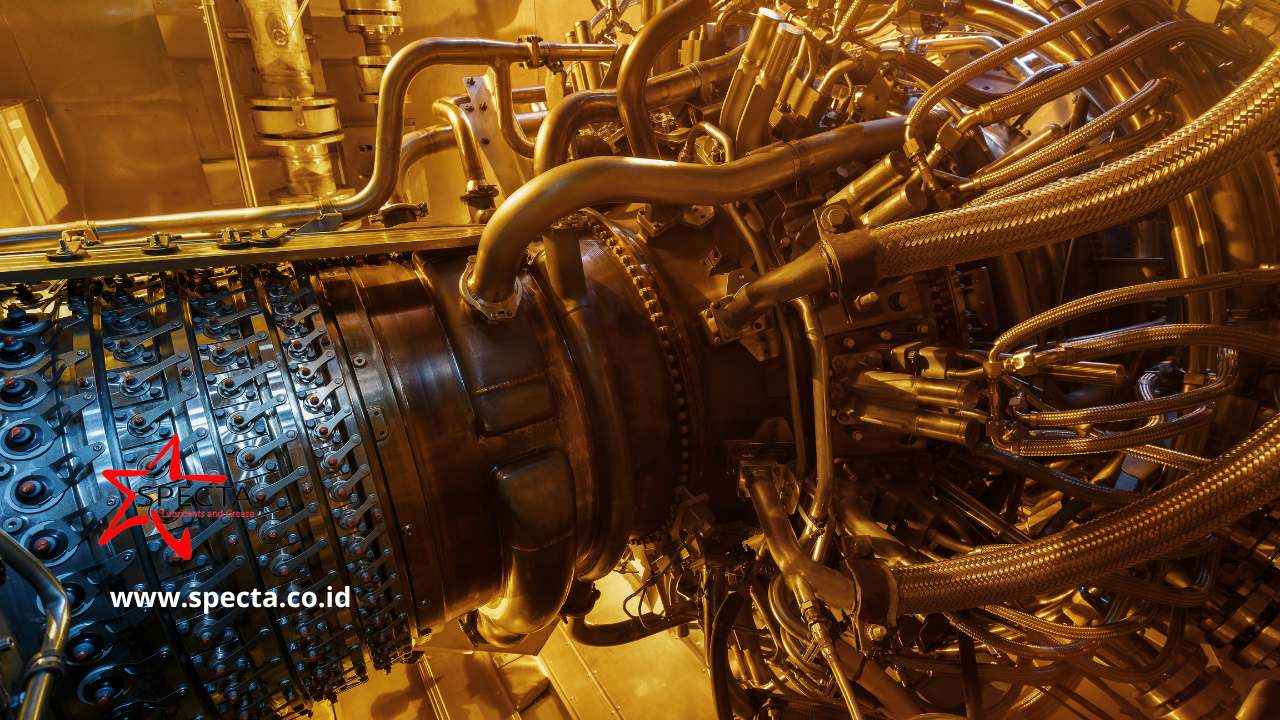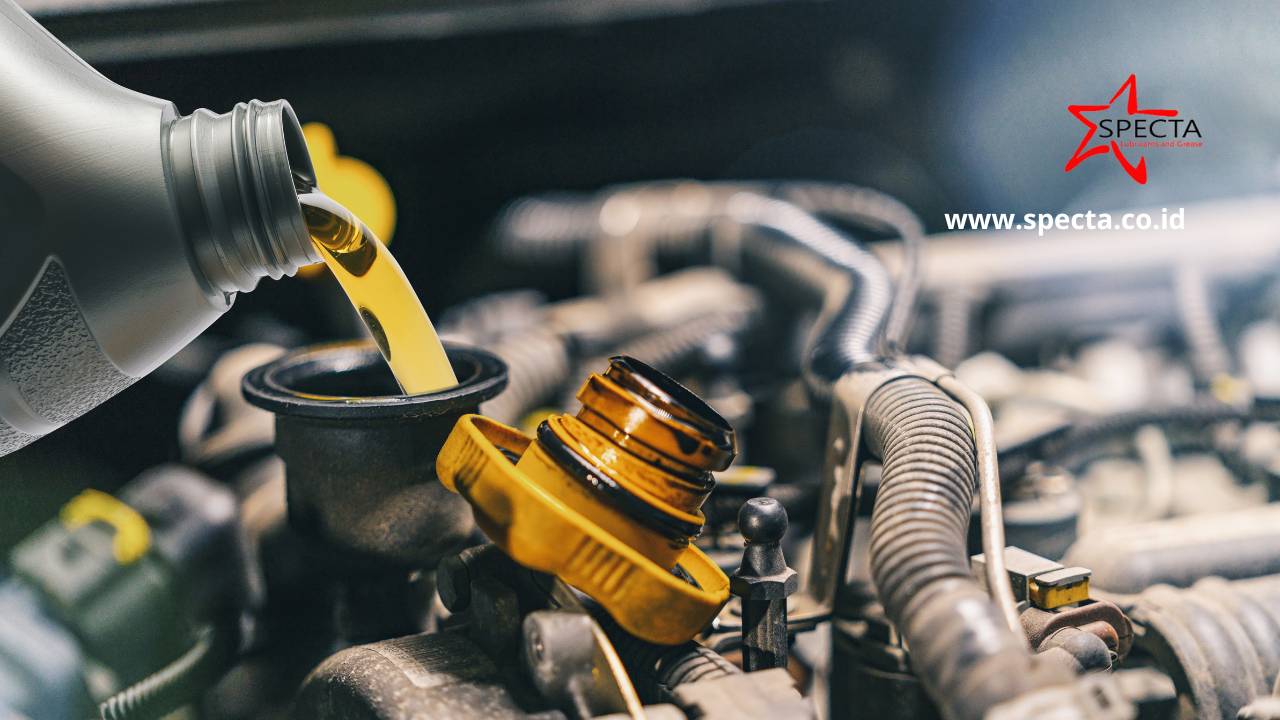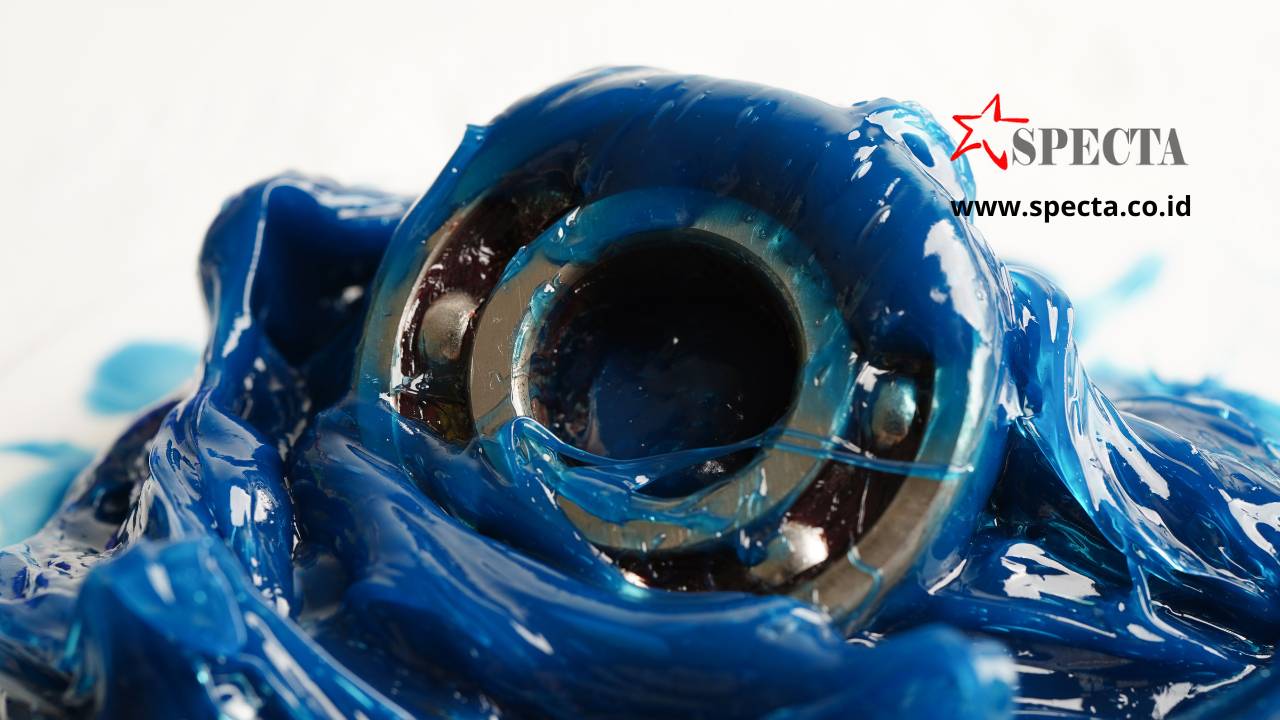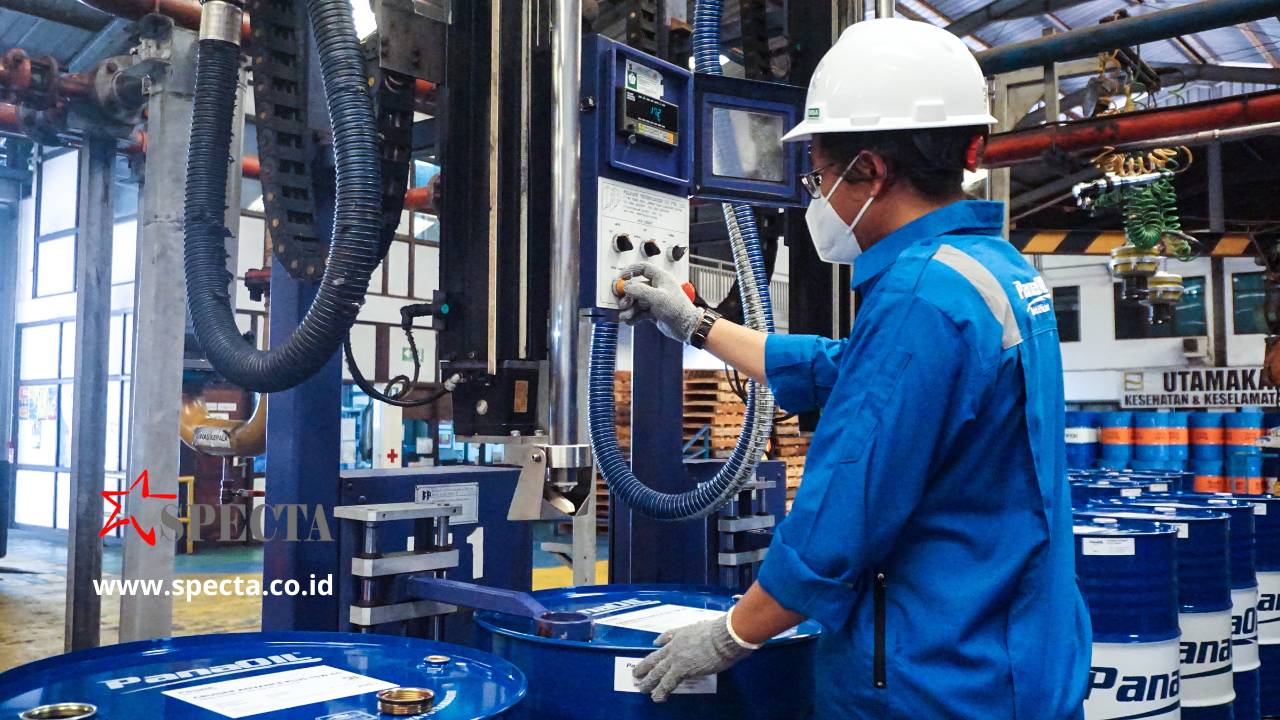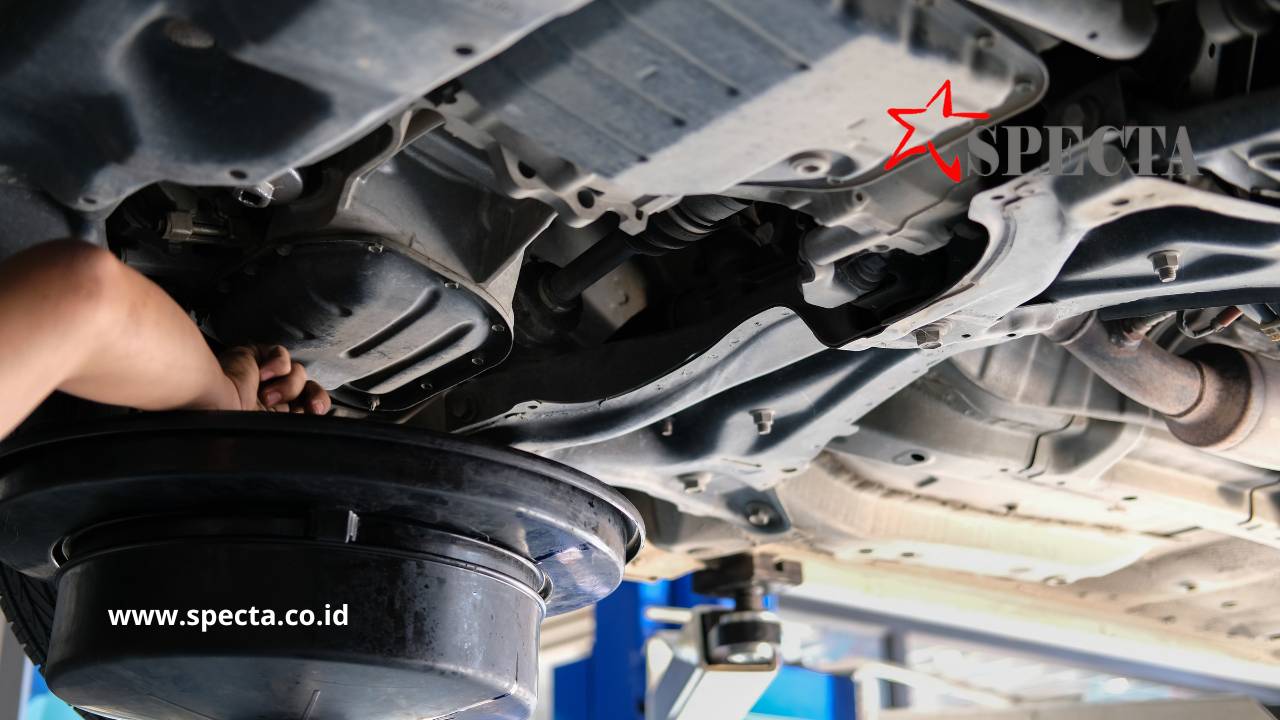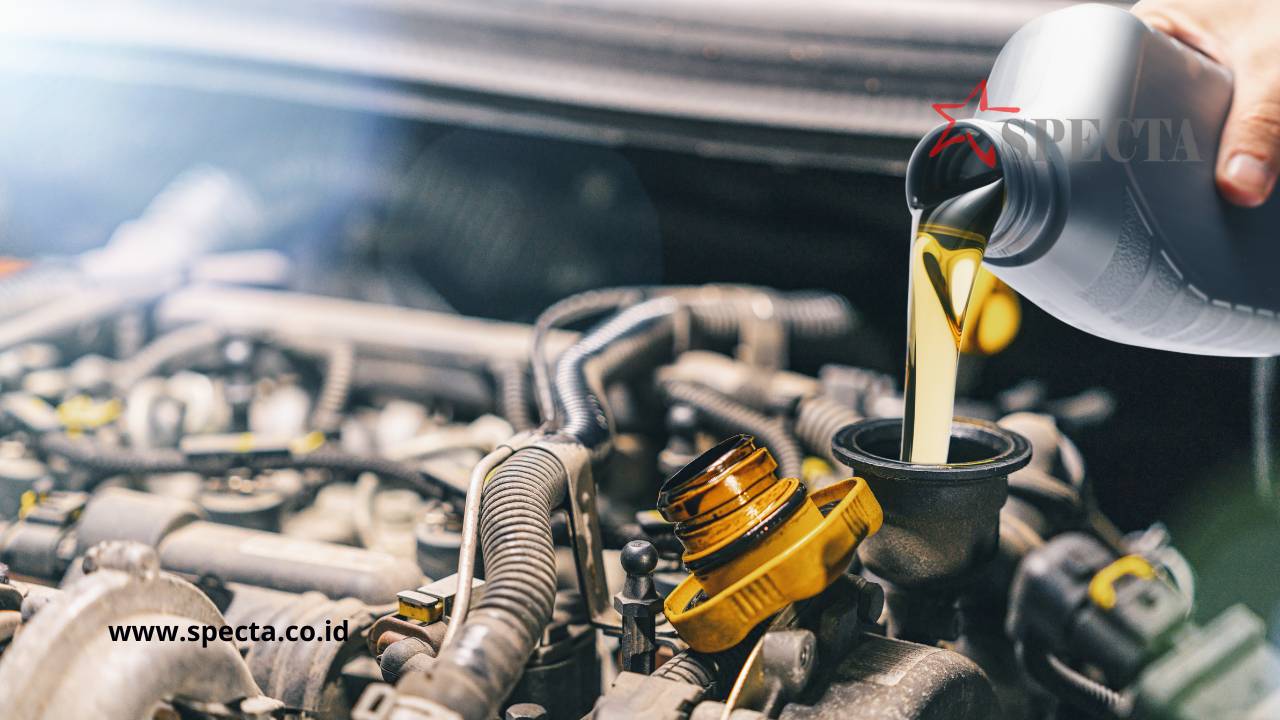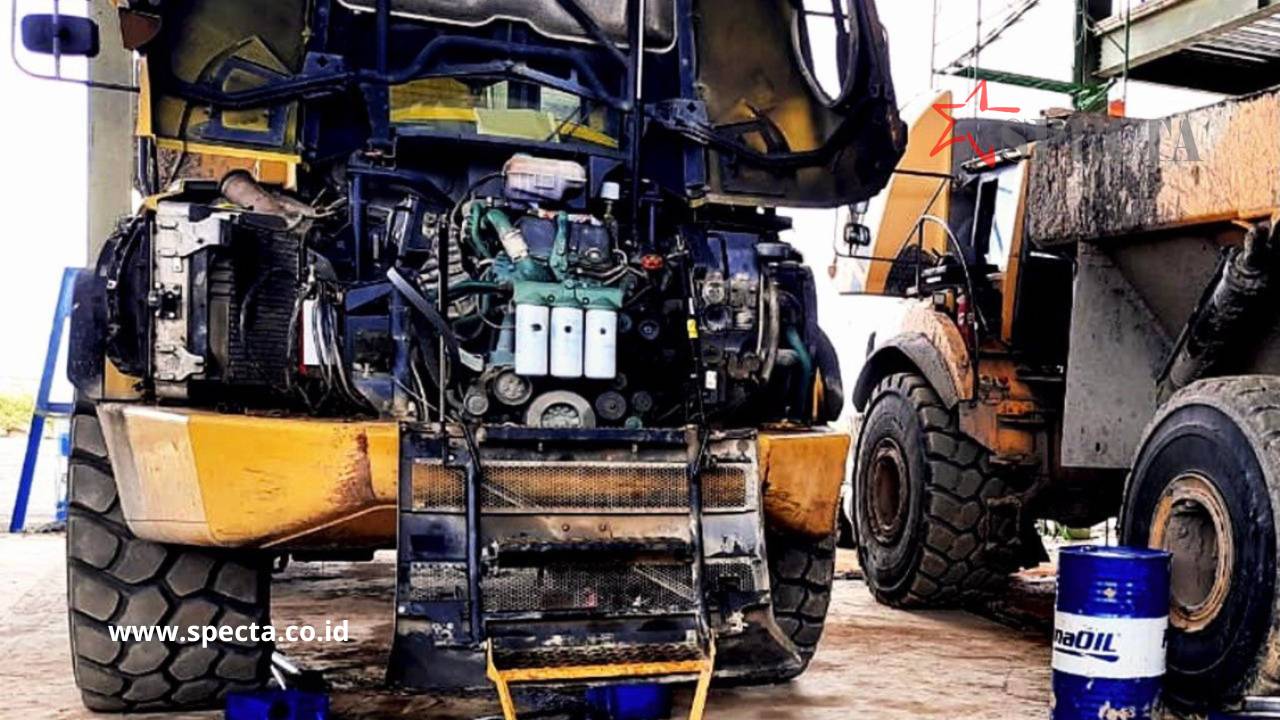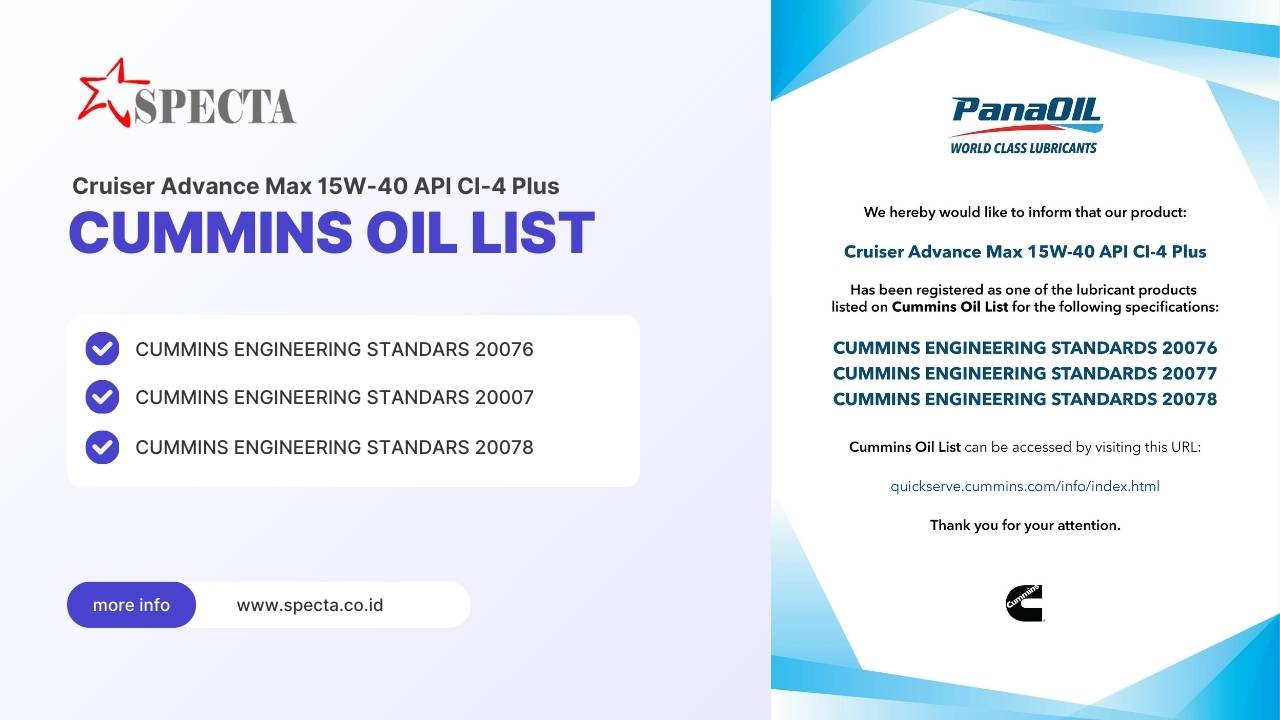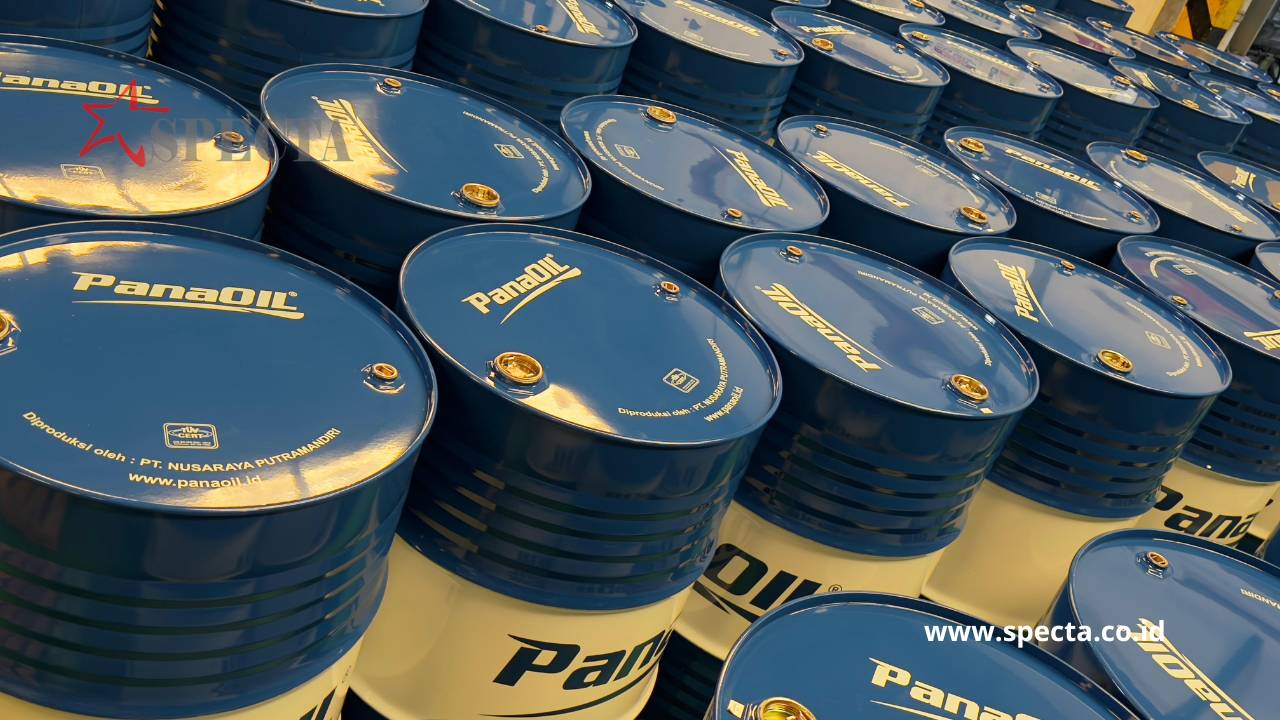Applications and Benefits in Machinery Lubrication
Lubrication is one of the most essential elements in maintaining the efficiency, longevity, and safety of machinery. In this comprehensive guide, we will explore the role of grease as a lubricant, how it functions, and its applications, especially focusing on products like PanaOil and Specta. These are premium brands known for providing high-quality lubricants designed to optimize machine performance.
Grease, PanaOil, and Specta may seem like technical subjects, but understanding their importance is key to ensuring your equipment runs smoothly and efficiently. Let’s dive deep into the world of grease lubrication and its practical applications across various industries.
1. What is Grease? An Overview
Grease is a semi-solid lubricant, typically composed of base oil, thickener, and additives. Unlike liquid lubricants like oil, grease provides consistent lubrication over long periods, reducing the need for frequent reapplication. Grease is used in environments where a strong, long-lasting lubricant is necessary, particularly in machinery that operates under heavy loads or harsh conditions.
1.1. Components of Grease
- Base Oil: Acts as the primary lubricating agent. It can be mineral, synthetic, or vegetable-based.
- Thickener: Provides the consistency of grease, helping it to stay in place during operation.
- Additives: Improve specific properties such as rust prevention, oxidation resistance, or high-temperature stability.
1.2. The Role of Grease in Machinery
Grease serves as a protective barrier for moving parts, minimizing wear and tear. Its consistency allows it to remain where it is applied, ensuring a constant lubrication film between parts. This is especially critical in applications such as bearings, gears, and couplings.
2. The Evolution of Grease: A Historical Perspective
The use of grease as a lubricant can be traced back thousands of years. Early civilizations like the Egyptians used animal fats mixed with lime to lubricate wagon wheels and other equipment.
- 2400 BC: First records of animal fat, oil, and water used for lubrication.
- 1400 BC: Ancient Egyptians used animal fat and limestone on axle shafts.
- 1845: Calcium-based grease was developed in the U.S.
- 1938: Lithium-based grease, a versatile, all-purpose lubricant, was introduced.
- 1952: Urea-based grease was discovered in the U.S., providing high-performance lubrication for modern machinery.
These developments have paved the way for today’s highly specialized lubricants, such as PanaOil and Specta.
3. Understanding PanaOil: A Leading Brand in Industrial Lubricants
PanaOil is renowned for its premium-grade lubricants that cater to a variety of industrial applications. Their products are designed to reduce friction, enhance the lifespan of machinery, and improve operational efficiency.
3.1. PanaOil’s Key Offerings
- High-performance grease: Engineered to provide superior lubrication under extreme temperatures and heavy loads.
- Synthetic lubricants: Offer enhanced oxidation stability and are ideal for high-temperature environments.
- Multipurpose lubricants: Versatile solutions suitable for various machinery types, including automotive and industrial equipment.
3.2. Benefits of Using PanaOil Products
- Extended Equipment Life: PanaOil lubricants help reduce friction and wear, preventing costly breakdowns.
- Energy Efficiency: By minimizing resistance between moving parts, PanaOil can help lower energy consumption.
- Reduced Maintenance Costs: With longer-lasting lubrication properties, PanaOil reduces the frequency of reapplication and machinery servicing.
4. Specta Lubricants: Specialization in High-Performance Solutions
While PanaOil offers a broad range of solutions, Specta focuses on providing niche, high-performance lubricants specifically designed for demanding industrial applications. Specta’s formulations are ideal for industries such as mining, steel production, and heavy machinery.
4.1. The Science Behind Specta
Specta’s lubricants are formulated with cutting-edge technology that provides superior protection in extreme conditions such as high pressure, temperature, and environmental exposure.
4.2. Applications of Specta Lubricants
- Mining Equipment: Specta grease is resistant to water, dust, and shock, making it ideal for mining environments.
- Steel Mills: Specta products withstand the high temperatures and loads typical in steel production.
- Heavy-Duty Bearings: Specta’s grease ensures long-lasting lubrication in bearings subjected to intense pressures and high speeds.
4.3. Benefits of Specta Grease
- Exceptional Durability: Specta grease can endure harsh conditions without breaking down.
- High-Temperature Stability: Withstands high heat without losing its lubricating properties.
- Resistance to Contaminants: Repels water, dust, and other contaminants that can degrade lubricant performance.
5. Types of Grease Used in Machinery
5.1. Lithium-Based Grease
The most common type, lithium-based grease, offers excellent performance in a wide range of temperatures. It provides superior water resistance and long-lasting protection.
5.2. Calcium-Based Grease
Ideal for high-moisture environments, calcium grease is frequently used in marine applications or machinery exposed to water.
5.3. Urea-Based Grease
This type of grease is known for its high-temperature resistance and is often used in heavy-duty machinery and high-speed bearings.
6. The Role of Grease in Bearings
Bearings are one of the most critical components in machinery. Grease plays a pivotal role in reducing friction between moving parts, ensuring smooth operation and prolonging the life of bearings.
6.1. How Grease Protects Bearings
Grease forms a film around bearing surfaces, reducing metal-to-metal contact. This minimizes friction, reduces wear, and helps prevent overheating, which could lead to equipment failure.
6.2. Best Practices for Greasing Bearings
- Proper Amount: Over-greasing can lead to heat build-up, while under-greasing leaves parts exposed to wear.
- Frequency: Regular maintenance is key to ensuring the longevity of bearings.
- Right Type of Grease: Using the correct grease for specific applications, such as high-speed or high-temperature bearings, is critical.
7. Grease Lubrication in Heavy Machinery
Heavy machinery, from construction equipment to industrial plants, requires specialized lubrication to handle intense workloads. Grease ensures that moving parts, such as gears and bearings, can operate smoothly without failure.
7.1. Challenges Faced in Heavy Machinery Lubrication
Heavy machinery operates under extreme conditions, including high loads, dust, and variable temperatures. Grease used in these applications must offer superior durability, water resistance, and pressure tolerance.
7.2. Selecting the Right Grease for Heavy Machinery
When choosing grease for heavy machinery, factors like load, temperature, and environmental exposure must be considered. For example, PanaOil and Specta offer formulations tailored to such demanding conditions.
8. How to Choose the Right Grease for Your Equipment
Selecting the right grease for your machinery depends on several factors:
- Operating Environment: High temperatures, moisture, or dust.
- Load: Heavy machinery needs greases that can handle extreme pressure.
- Speed: High-speed applications require greases with excellent shear stability.
- Manufacturer Recommendations: Always follow the machinery manufacturer’s guidelines for lubrication.
9. Best Practices for Grease Application
Applying grease correctly is as important as selecting the right type. Proper application ensures that the grease stays in place and performs optimally.
9.1. Steps for Proper Grease Application
- Clean the Area: Make sure the parts to be greased are clean and free from debris.
- Use the Right Tool: Apply grease with the correct applicator to avoid contamination.
- Don’t Over-apply: Too much grease can cause build-up, leading to overheating and damage.
10. Common Issues with Grease Lubrication and How to Solve Them
10.1. Overheating
Caused by over-greasing or using the wrong type of grease.
Solution: Use the correct amount and type for the application.
10.2. Contamination
Water, dust, or dirt can compromise grease performance.
Solution: Ensure that seals are intact and use water-resistant grease in humid environments.
Frequently Asked Questions (FAQs)
1. What is the difference between oil and grease?
Oil is a liquid lubricant, ideal for applications requiring low viscosity and high flow, while grease is semi-solid, providing long-lasting lubrication, particularly for heavy-load applications.
2. Can I mix different types of grease?
It’s not recommended to mix different types of grease, as their chemical compositions can react, reducing performance and potentially damaging machinery.
3. How often should I grease machinery?
The frequency of greasing depends on the type of machinery, its operating conditions, and the manufacturer’s guidelines. Heavy-duty equipment often requires more frequent greasing.
4. What are the signs that my machinery needs more grease?
Common signs include increased noise, vibration, and higher operating temperatures, indicating that the machinery is not being lubricated properly.
5. Why should I choose PanaOil or Specta grease?
Both PanaOil and Specta offer premium-grade lubricants designed to withstand extreme conditions and extend the life of your equipment, ensuring optimal performance.
6. What happens if I over-grease equipment?
Over-greasing can lead to heat build-up, which can cause bearings or other parts to fail. Always follow the manufacturer’s guidelines for the appropriate amount of grease.

